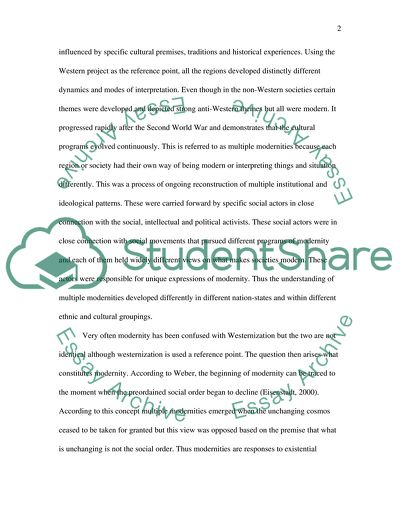Cite this document
(Asia-Pacific Media Essay Example | Topics and Well Written Essays - 3000 words, n.d.)
Asia-Pacific Media Essay Example | Topics and Well Written Essays - 3000 words. https://studentshare.org/marketing/1716164-asia-pacific-media-research-essay
Asia-Pacific Media Essay Example | Topics and Well Written Essays - 3000 words. https://studentshare.org/marketing/1716164-asia-pacific-media-research-essay
(Asia-Pacific Media Essay Example | Topics and Well Written Essays - 3000 Words)
Asia-Pacific Media Essay Example | Topics and Well Written Essays - 3000 Words. https://studentshare.org/marketing/1716164-asia-pacific-media-research-essay.
Asia-Pacific Media Essay Example | Topics and Well Written Essays - 3000 Words. https://studentshare.org/marketing/1716164-asia-pacific-media-research-essay.
“Asia-Pacific Media Essay Example | Topics and Well Written Essays - 3000 Words”. https://studentshare.org/marketing/1716164-asia-pacific-media-research-essay.


